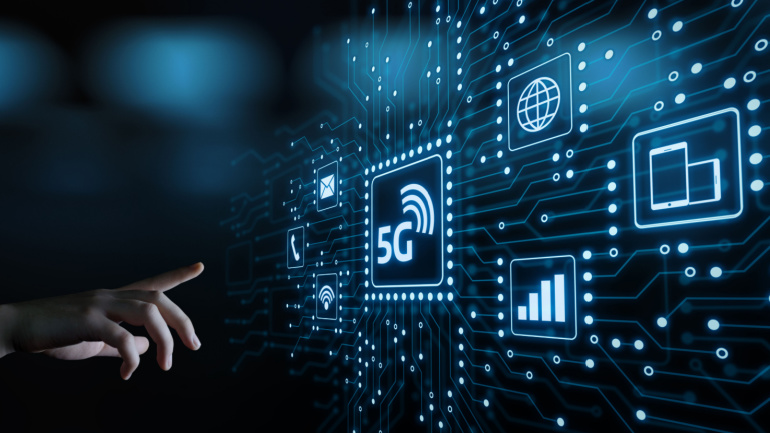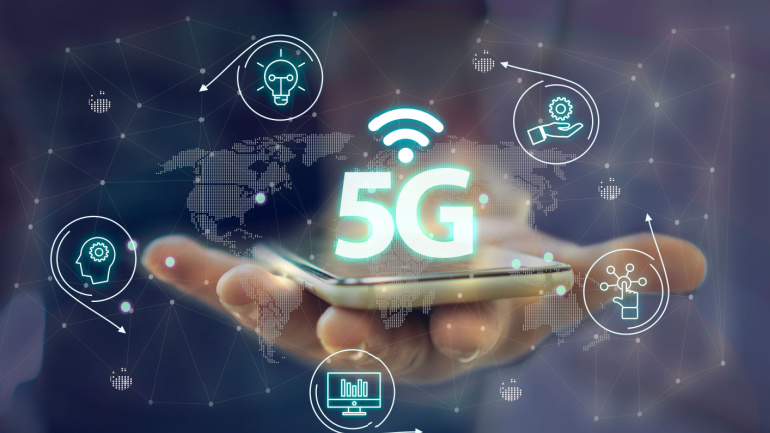In a groundbreaking move, T-Mobile, known as the Un-carrier, has achieved a significant milestone by completing the world’s first six-carrier aggregation call using sub-6 GHz spectrum on its operational 5G network. Collaborating with industry leaders Ericsson and Qualcomm Technologies, Inc., T-Mobile reported astonishing speeds exceeding 3.6 Gbps during the test, showcasing its commitment to pushing the boundaries of wireless technology.
A surge in data roaming is poised to take center stage, driven by the escalating adoption of 5G services among consumers, according to research conducted by Kaleido. The study foresees a substantial 36% annual increase in both consumer and IoT roaming data usage, projecting a remarkable climb to nearly 5,000 Petabytes by the year 2024.
In a groundbreaking move, Parallel Wireless, Inc., a U.S. based Open RAN innovator, has officially launched the general availability of its pioneering 5G Standalone (SA) software stack. The innovative solution, a first of its kind globally, is designed to be hardware-agnostic, allowing operators, private networks, and public safety networks to seamlessly deploy their RAN infrastructure across diverse processor hardware platforms.
Launched in September, Nokia’s Network as a Code aims to help operators optimize their 5G resources. By granting developers extensive network access, this platform unlocks opportunities for new application creation. With the advantage of 5G’s inherent software-based architecture, such innovative companies like BT Group are exploring unsuspected capabilities for enhanced network quality.
In collaboration with Ericsson and Qualcomm, T-Mobile, renowned as the ‘uncarrier,’ has undertaken a groundbreaking 5G standalone (SA) test, showcasing the potential of its millimeter-wave (mmWave) spectrum. The test utilized an impressive eight channels, achieving a peak download speed of 4.3 Gbps, with uplink channels combining to reach 420 Mbps.
In a significant move towards advancing 5G network capabilities, Telenor and Ericsson have officially entered a three-year Memorandum of Understanding (MoU). The collaboration aims to pioneer research, development, and testing of Artificial Intelligence (AI) and Machine Learning (ML) solutions, with a primary focus on enhancing energy performance without compromising network quality.
T-Mobile’s steadfast dedication to Texas has led to unmatched 5G network coverage, cementing the Lone Star State’s connectivity footprint. Continual site enhancements and a robust expansion program showcase this commitment, with significant contributions to local communities through initiatives like ‘Homegrown Grants’ and the ambitious Project 10Million.
Unveiling a transformative pact in the maritime industry, Spain’s Sateliot and maritime container tracking leader T42 aim to revolutionize container tracking and monitoring with 5G-IoT technology. This exceptional venture will deploy thousands of 5G-IoT sensors linked to Sateliot’s LEO satellite constellation, promising unparalleled oversight over sea-borne goods.
As Portugal’s telecom operator Nos marks two years of 5G services, it declares readiness to launch services on a new 5G standalone infrastructure. Despite the slower than expected progress, Nos’s move signifies a key contribution to the sector. Intriguingly, the viability and potential benefits of this new infrastructure remain a matter of debate. With collaborations with Nokia and Ericsson, Nos envisions a surge in ultra-low latency services.
Global mobile core network market’s slowest quarterly growth since 2017, according to Dell’Oro, is attributed to tough political and economic conditions and slower 5G network rollouts. Distinctively unstable trends mark the sector, with Huawei holding the lead in provider rankings for Q3.













